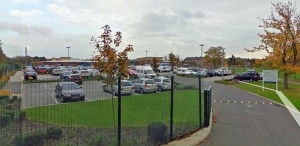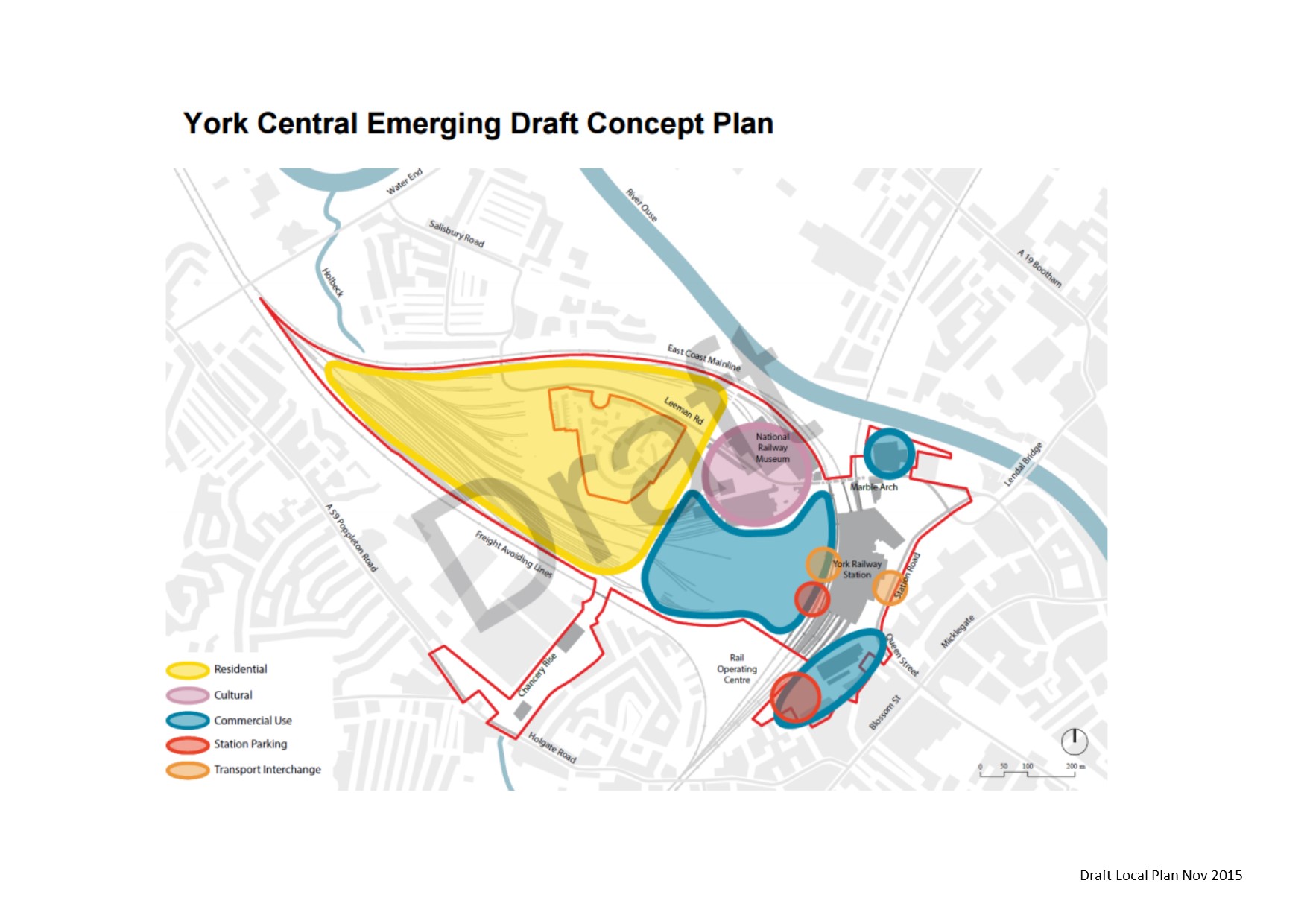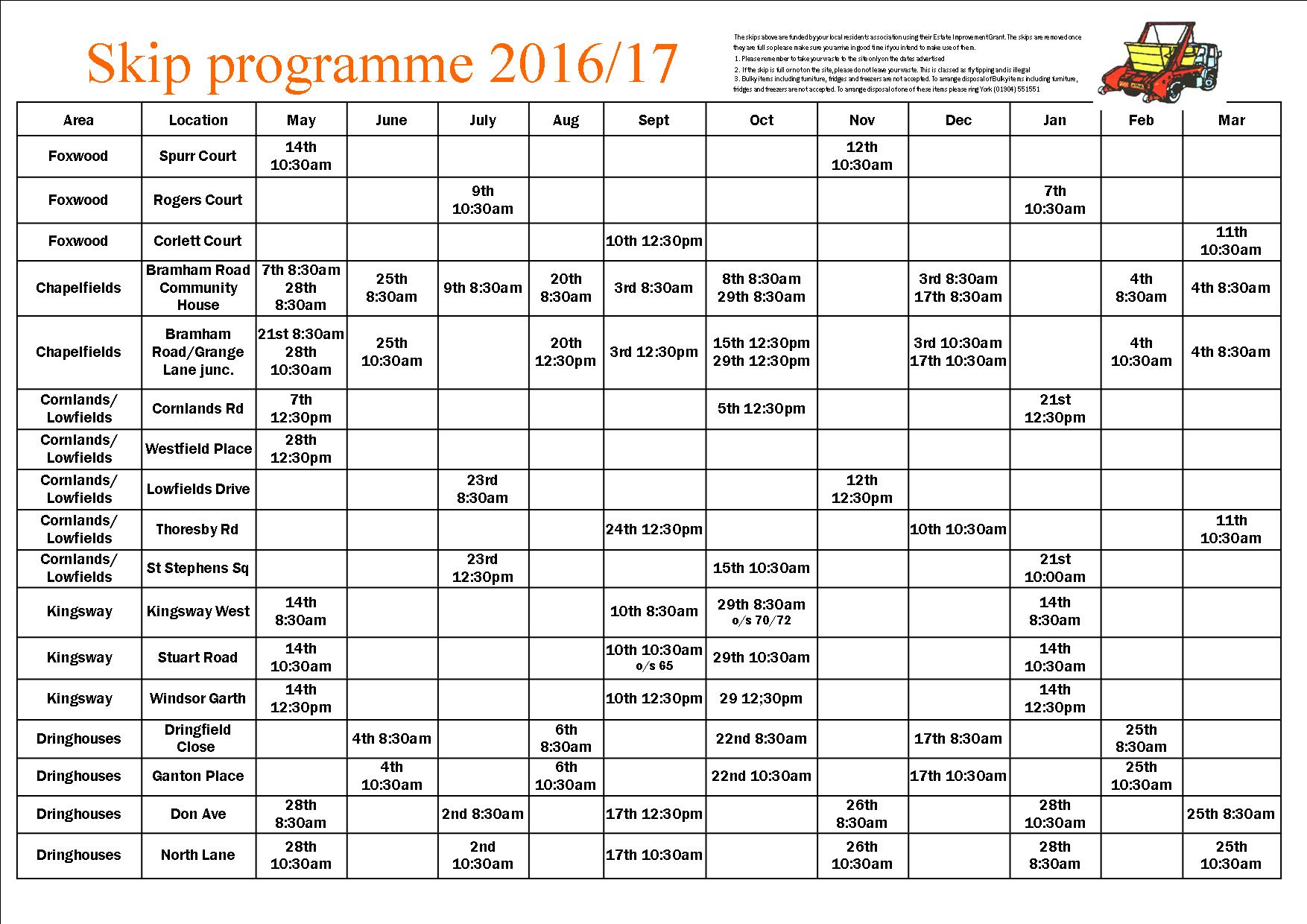Council confirms that it wants to build on football pitches
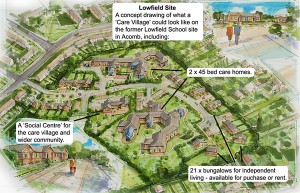
Lowfields care village 2011 plans – now substantially changed
It looks like an elderly persons care home could still be built on the Lowfields school site. In the latest of a series of policy changes the Council is now being recommended to allocate 3 acres, of the 13.4 acre site, for a private sector care home. This compares to the 6.4 acres allocated 6 years ago for the construction of an elderly persons “village”. Only the footprint of the old school would have been developed under the old plan. That scheme was eventually dropped when the Council decided to concentrate investment on the east of the City at Burnholme.
We welcome the decision to provide more elderly care facilities on the west of the City. The former school site is ideal being conveniently located for the full range of amenities which can be found in the Front Street area.
The rest of the site – including most of the open space/football pitches – would have houses built on it. Currently the football pitches are used by a local team. There is a shortage of pitches (and open space) on the west of the City, although the Council hopes to find a new pitch for the team in the Tadcaster Road area. (A football pitch takes up about 2 acres of land).
The Council plans to divide up the use of the Lowfields site as follows:
- Care Home and health 3 acres (22%)
- Housing 9 acres (67%)
- Open space 1.4 acres (11%)
In total 137 homes would be built. This compares to the 210 homes in the existing Lowfields estate. Officials say that the homes would be “high density” quoting the top of Tedder Road as an example of similar recently constructed houses. Those homes, although popular, do suffer from some issues such as the lack of car parking space. Some are three storeys high.
Officials promise a mix of housing types including “starter homes”, bungalows (like those in Regent Street) and apartments targeted at older people “downsizing” to smaller accommodation. Some land may be allocated for “self build” homes. Access to some of the homes would be from Tudor Road (meaning a road link between numbers 108 & 110). The footpath/cycle link to little Tudor Road would also be reopened.
The report talks of providing health and wellbeing facilities and hints that the Priory Health Centre on Cornlands Road may close and move onto the site.
There is talk of some police activities transferring from York Road to the site. It is now clear that the police intend to sell off the Acomb police station. If this facilitated the provision of a police desk on Front Street at the library, then that may be regarded as a step forward. Especially so if the derelict land to the rear of the library were developed as part of the project.
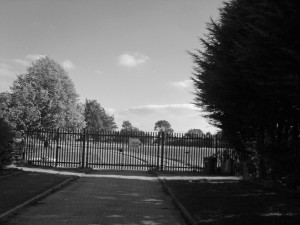
Site has been unused since 2007
Putting a police office in the middle of an elderly person’s development could be viewed as a strange move increasing as it would the amount of traffic and noise in the area. (There is a similar criticism of the NHS proposal to establish a mental health hospital on the site).
One particular concern likely to be raised by local residents is that officials want to see the development of the site on a “piecemeal” basis. That could mean building works (and the associated heavy traffic) being a burden for local residents for many years. It would seem to be more sensible to agree a blue-print for the whole of the site and then sell it on the basis that completion must be achieved within an agreed timetable.
At the moment the opening date for the care home is put at 2019.
When consulted in 2010 local residents were strongly in favour of restricting development to the footprint of the school. Most wanted the open space to be preserved although there was support for a nature reserve and/or allotments on part of the site.
So there is mixed news here. The future of the Lowfields site may finally be determined and the preferred use – supported by residents responding to surveys in 2010 – of a development aimed at older people achieved. But the Council, in a bid to increase the value of the site to £3.8 million, seems prepared to jettison some of the assurances it give when the school closed in 2007.
Some serious consultation with affected residents is now needed.
(more…)

